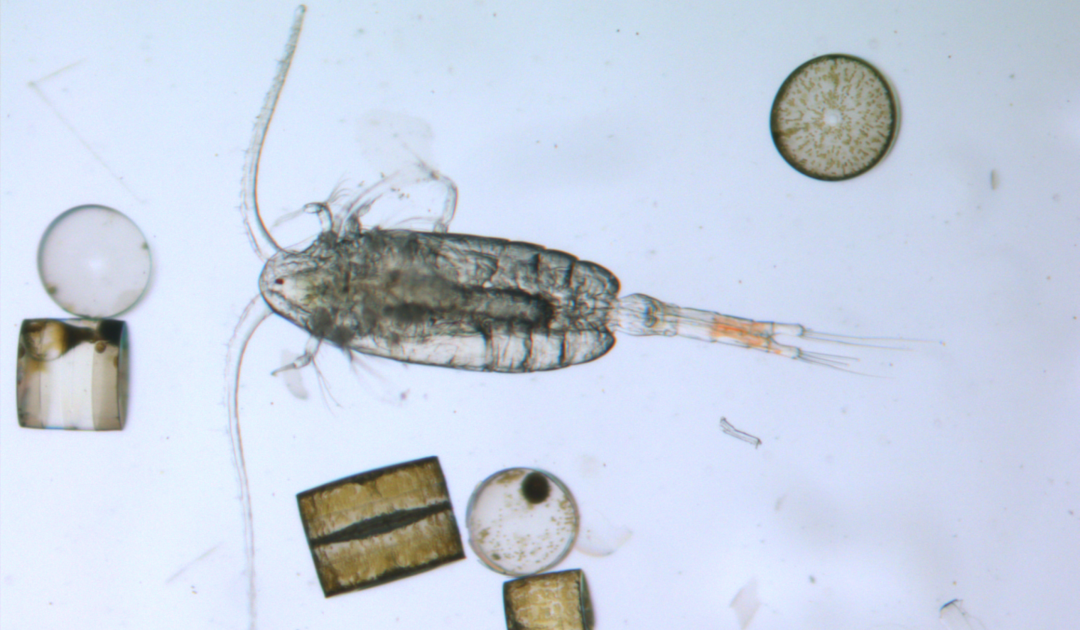Research
Life-cycle and population dynamics of calanoid copepods
Calanoid copepods play a key role in marine food webs as they are the main food source for many commercially exploited fish species. As grazers on phytoplankton they transfer energy from primary production to higher trophic levels. Any change at the copepod community level therefore has consequences for the entire marine food web.
Characteristics in population dynamics, such as reproductive time and potential, growth or mortality rates are important parameters to describe the life cycle of calanoid copepods, to estimate secondary production and to draw conclusions about the influence of the life cycle of calanoid copepods on the recruitment and population dynamics of commercially exploited fish.
We investigate the impact of changes in the physical environment on growth, development and mortality of individual copepod species (Pseudocalanus elongatus, Acartia tonsa) from the North and Baltic Seas in experimental studies in-situ on board research vessels and on animals from laboratory cultures.
These studies provide information on whether the species occurring in the North Sea and Baltic Sea are capable in the long term of adapting to changes in their environment and maintaining a population in the areas under study, or whether environmental changes are causing migration or extinction of various species.

